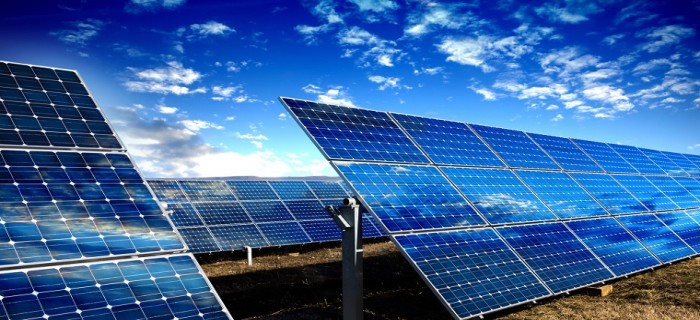
Why Solar Panels are Getting Bigger and Bigger?
The rated power of solar PV panels has increased remarkably over the last few years. From 2010, manufacturing technology has evolved significantly in the cell itself as well as in panel assembly line also accommodating many technological innovations.All the panels were of almostthe same size, so measuring power was a good hack to know-how advanced the panel technology was. Over the last decade, solar panel size has increased significantly and,likewise, customers of module manufacturing companiesalso expected higher and higher power per module with time.Hence,the last 10 years in the solar industry have been revolutionary. In other words, we can say that the last decade can be considered as a solar panel-size revolution!The path of solar cells and solar modules continues to move towards larger formats and high-power capacities. Nowadays, there’s almost 80% demand forhigh-power components in the solar market and they’ve almost become a mainstream. Generally, high power modules (up to 600 Watts) are utilized in utility-scale ground mount projects. According to a survey, almost 80% of the buyers prefer modules of 530 Watts and above for bidding tenders.As the cost of glass, frame and other raw materials for all module sizes remained almost the same, squeezing more power (measured in Wp) into the same sizewas likely to drive down the cost per unit of rated power (Rs/Wp). Power density (no.of watts generated per unit area) can be a key parameter in achieving cost reductions. To lower the cost per wp, it is essential to increase cell size, and as a result, the module size is increased.Since half-cut and third-cut cells are also trending, cell size no longer defines the module size. Currently, a wide range of module sizes are available in the market. Even a single manufacturer offers a range of many different panel sizes and so does Navitas Solar! Navitas Solar offers solar panels from 5 to 600 watts per panel.
Power density (Wp/m2) is increased in high power modules, even if the cell size is same but the packing efficiency is slightly higher in high power panels. Simply, you get a slightly better power densitybecause you have more solar cells and less aluminium framing. Right now, panels up to 800 Wp are available in the market. These panels can be utilized in ground-mount projects and they’re impractical for rooftop applications.
Advantages of bigger panels:
· Better Power Density(Wp/m2)
· Bigger Systems can be installed in the same available space
· Lesser No. of panels required for the same sized system
· Lesser electrical connectionsàso more reliable system
· Faster system installation
· Less framing, fastener and rackingàso less energy is required to install solar system
“With advancement in wafer & cell sizes, almost 80% of the cell markers have changed their technology and they are now able to produce 182 mm and 210 mm cells. It can be anticipated that in future, demand of only 210 mm cells will be there. It would not be wrong to say that larger wafer sizes will dominate 90% of the marketby the end of 2023.”, said Ankit Singhania, Director- Sales & Procurement, Navitas Solar.

.gif)
.jpeg)
leave your comment